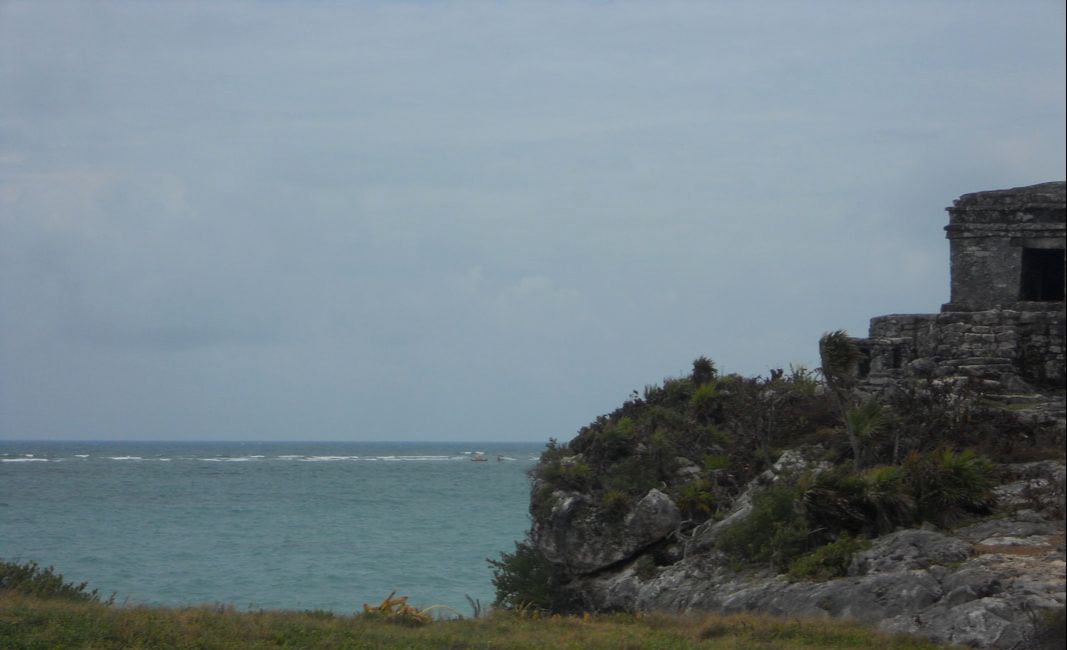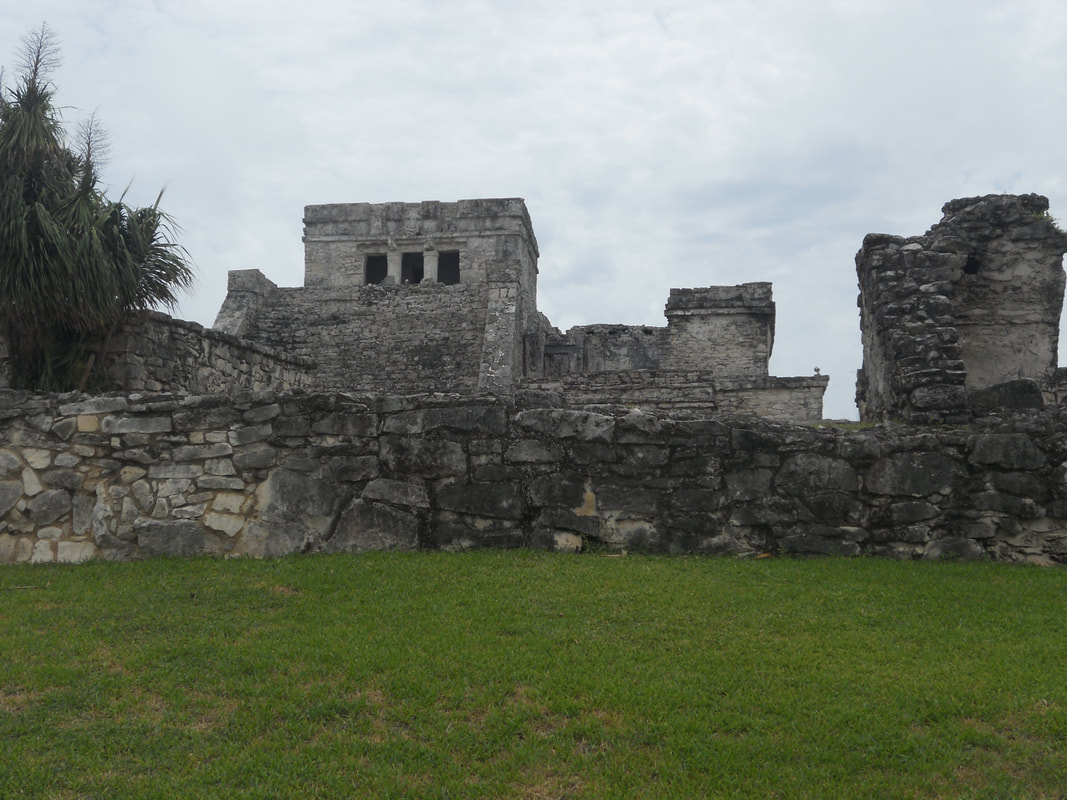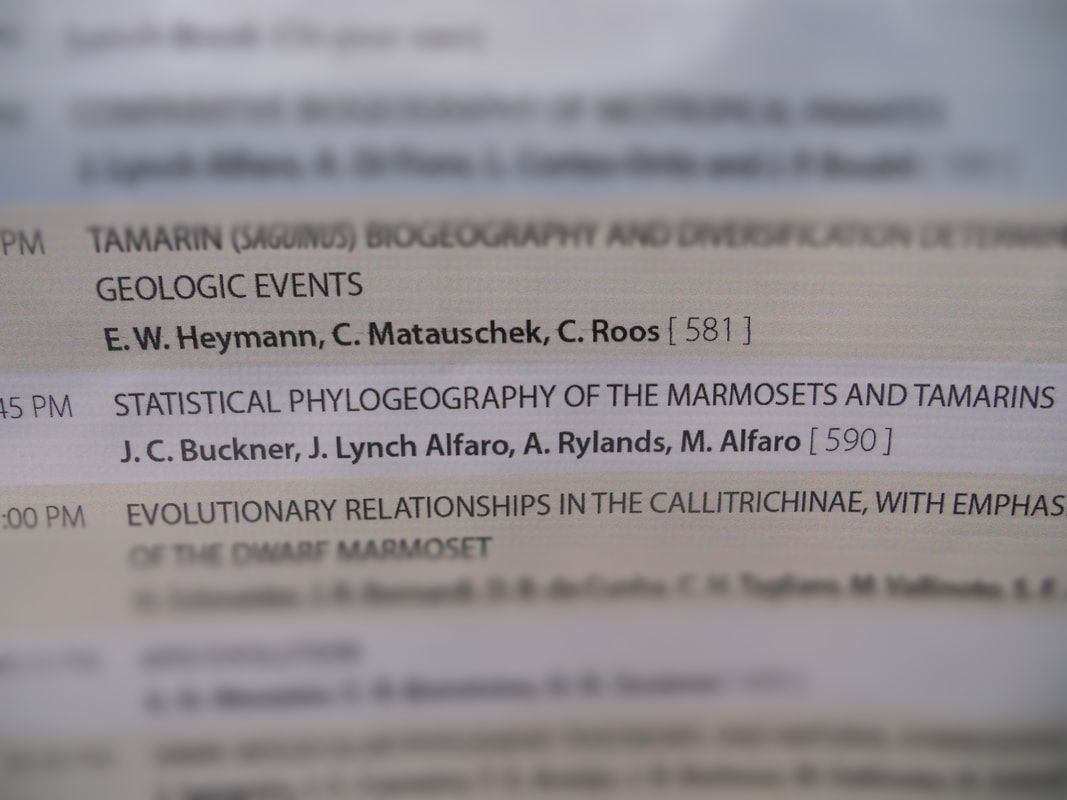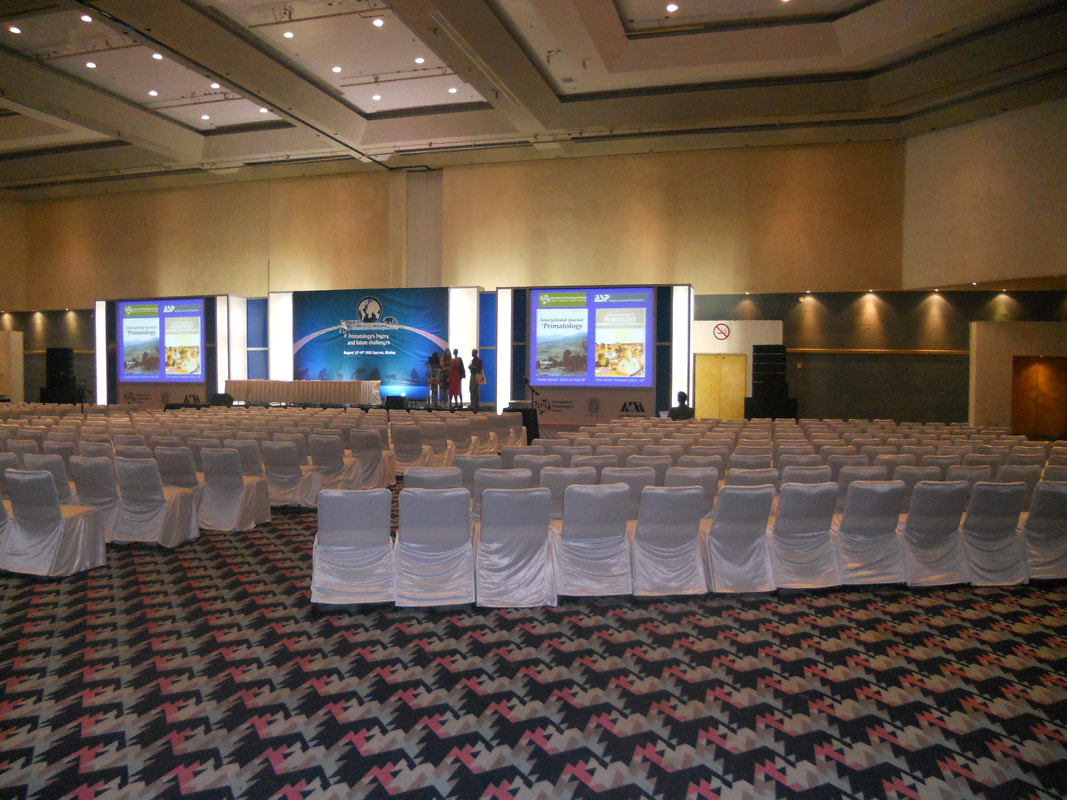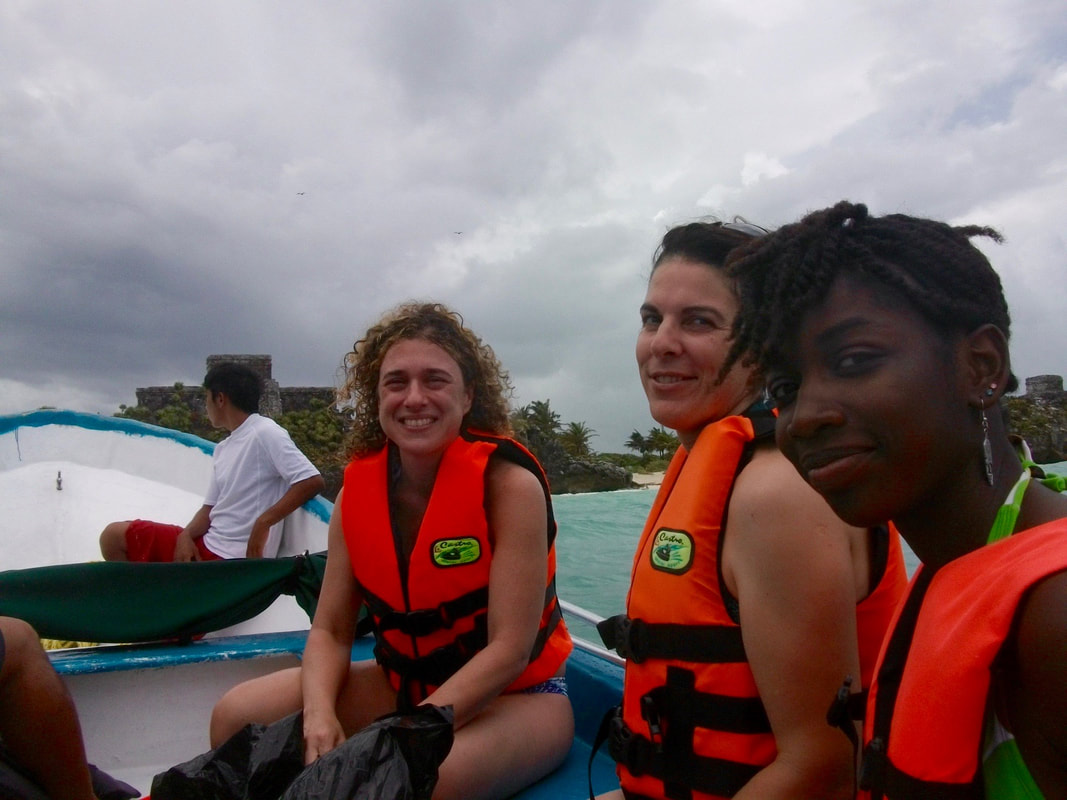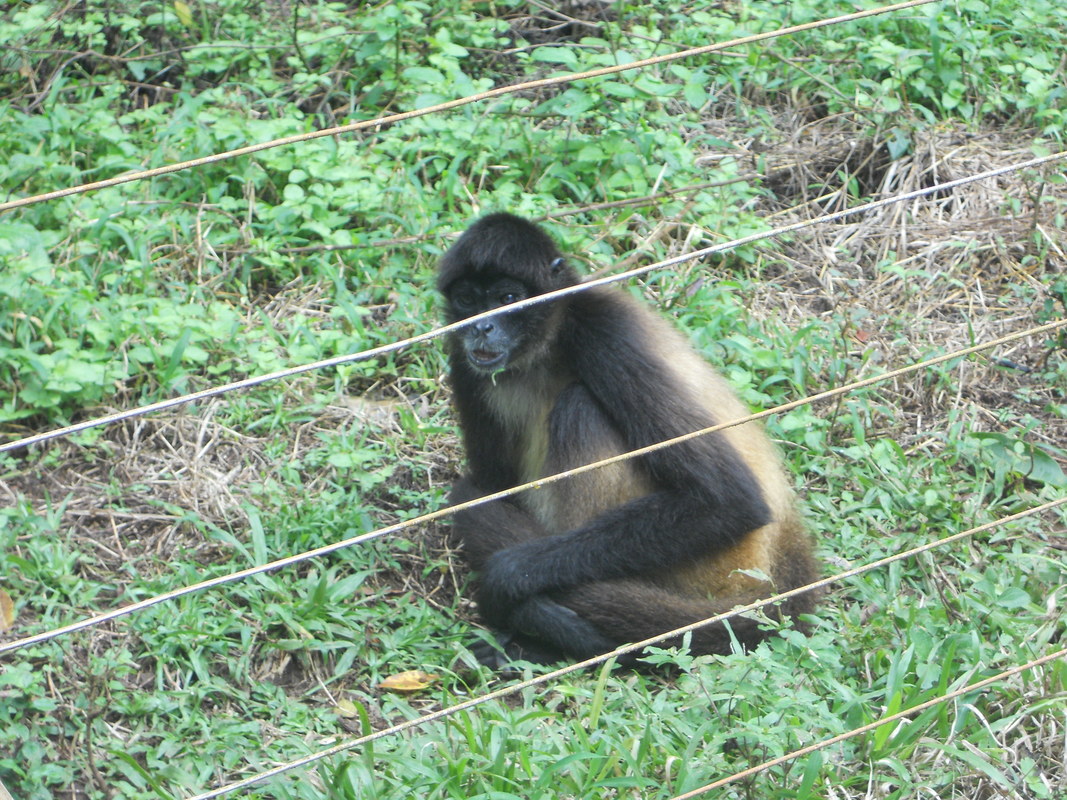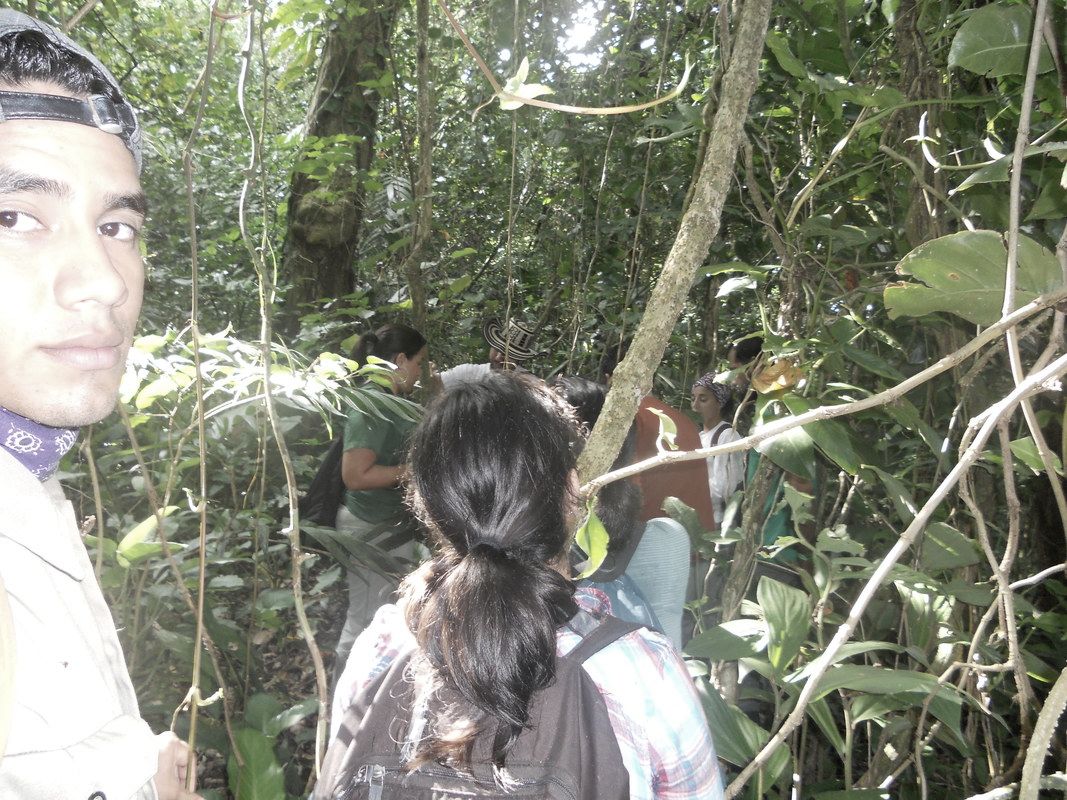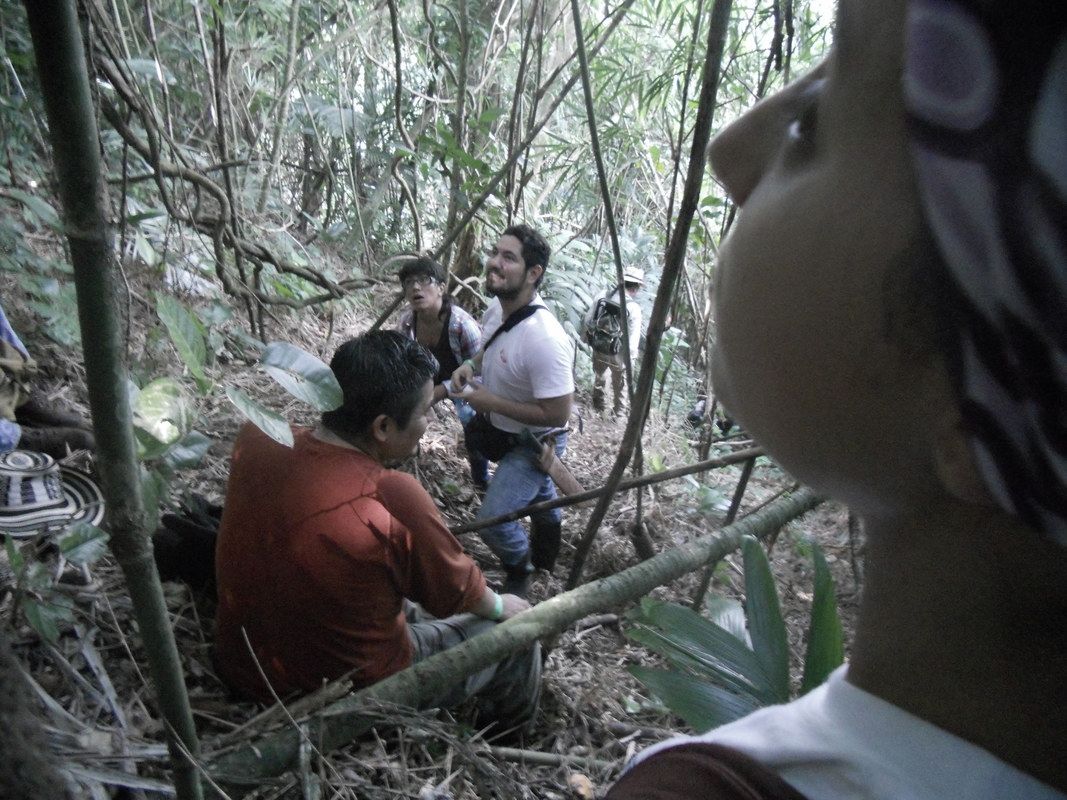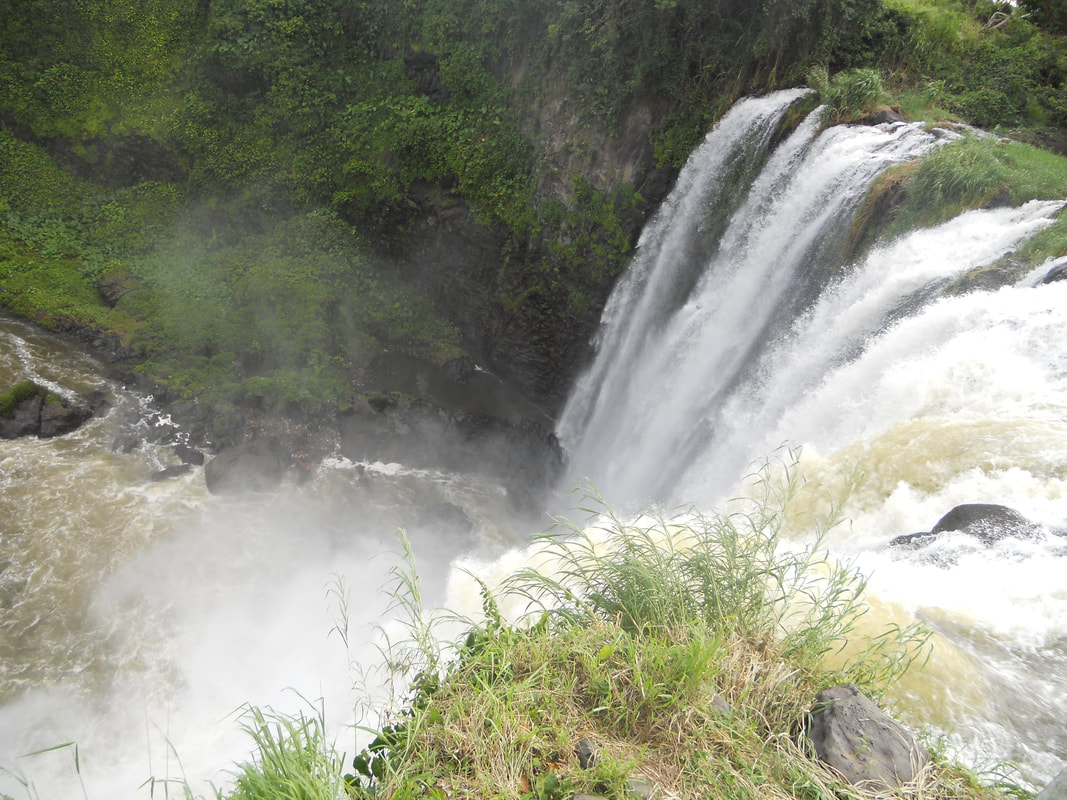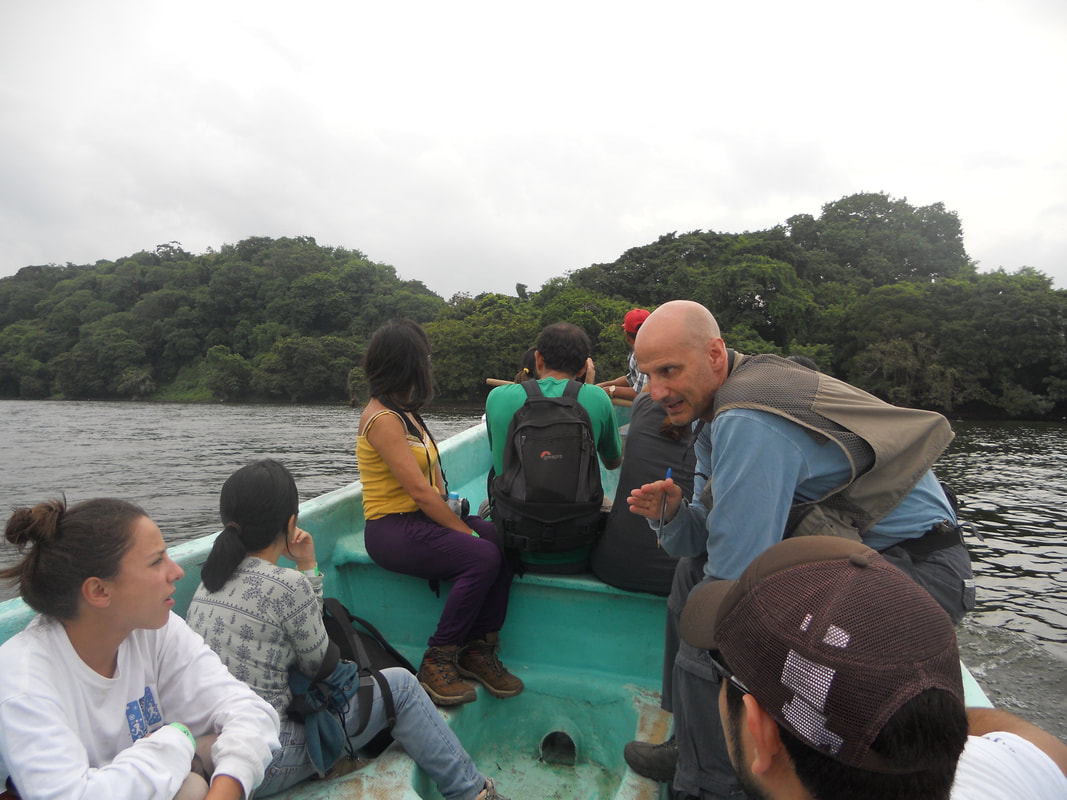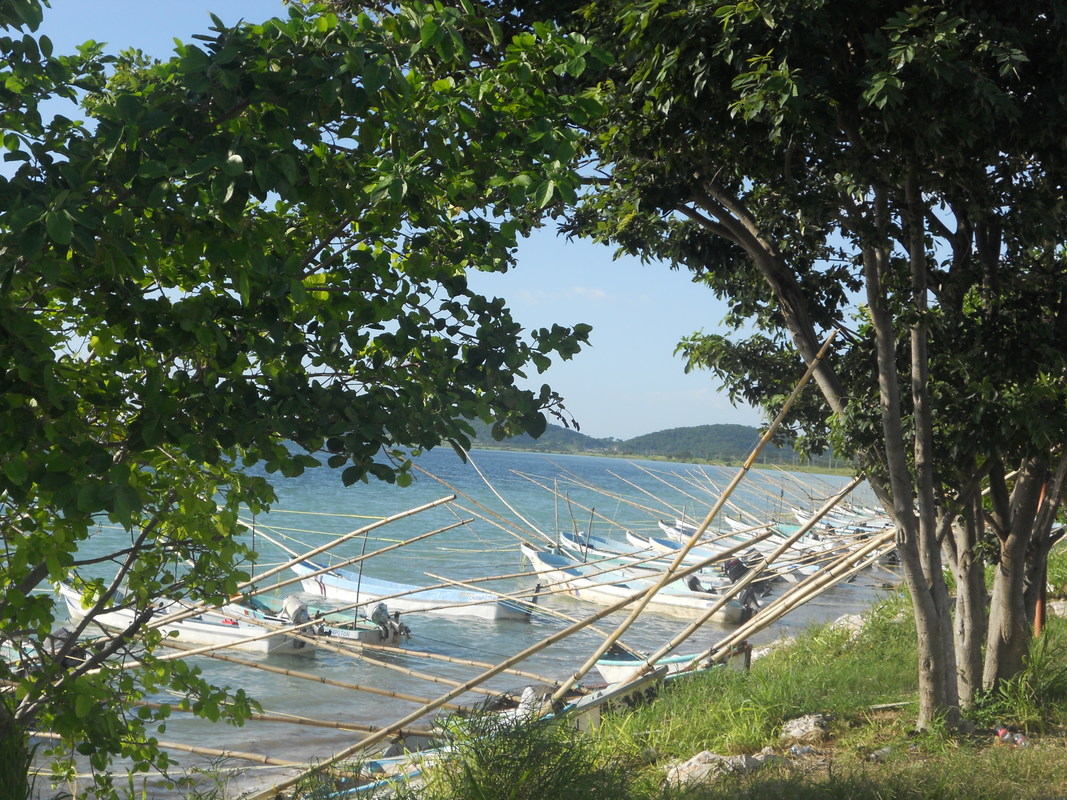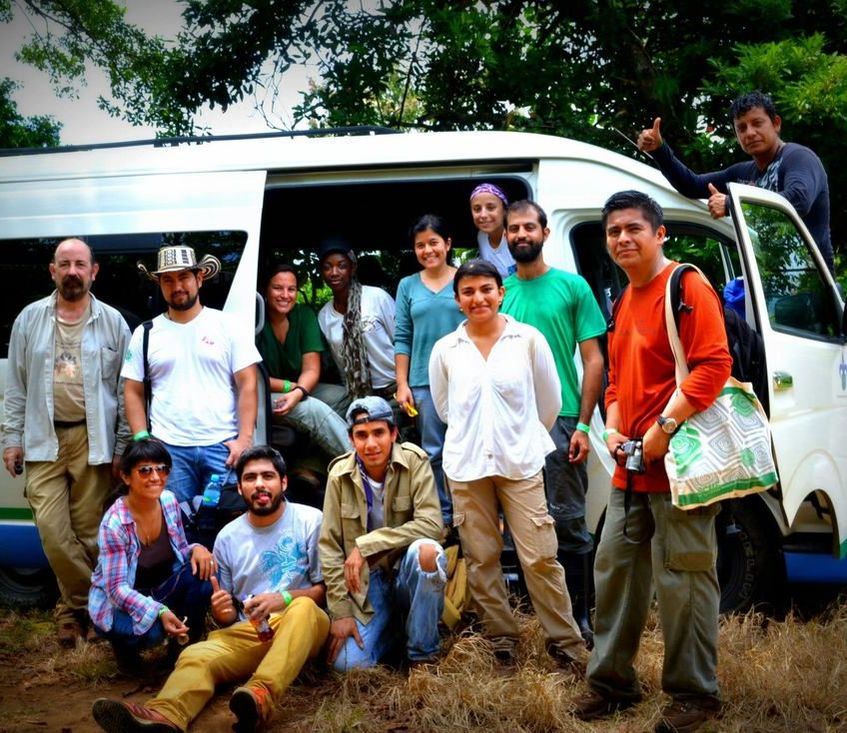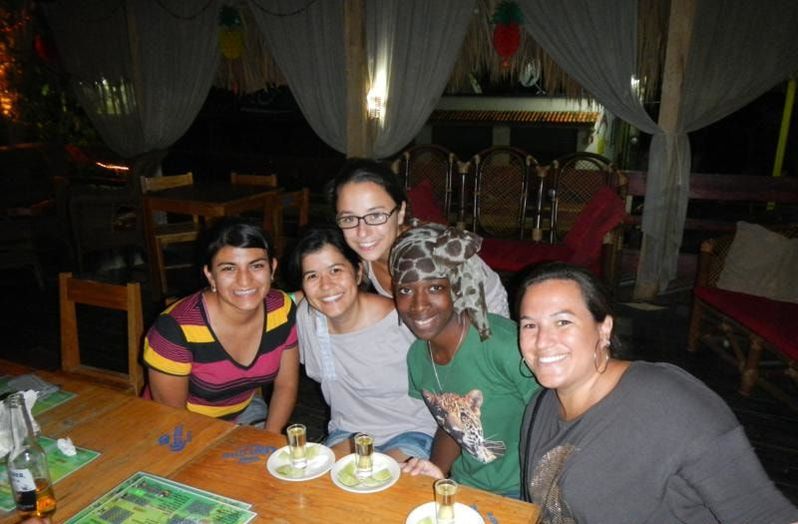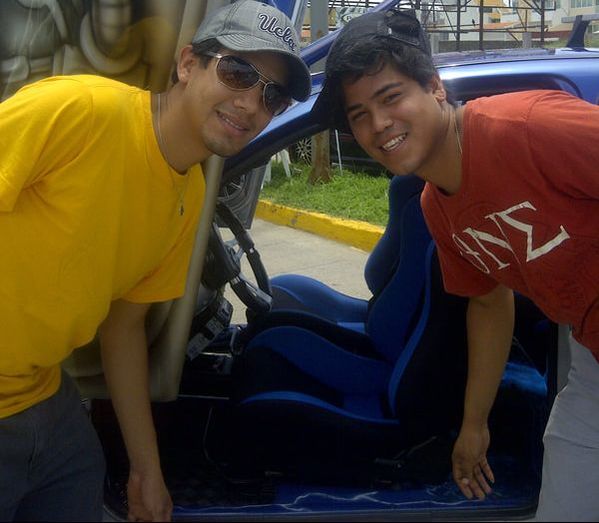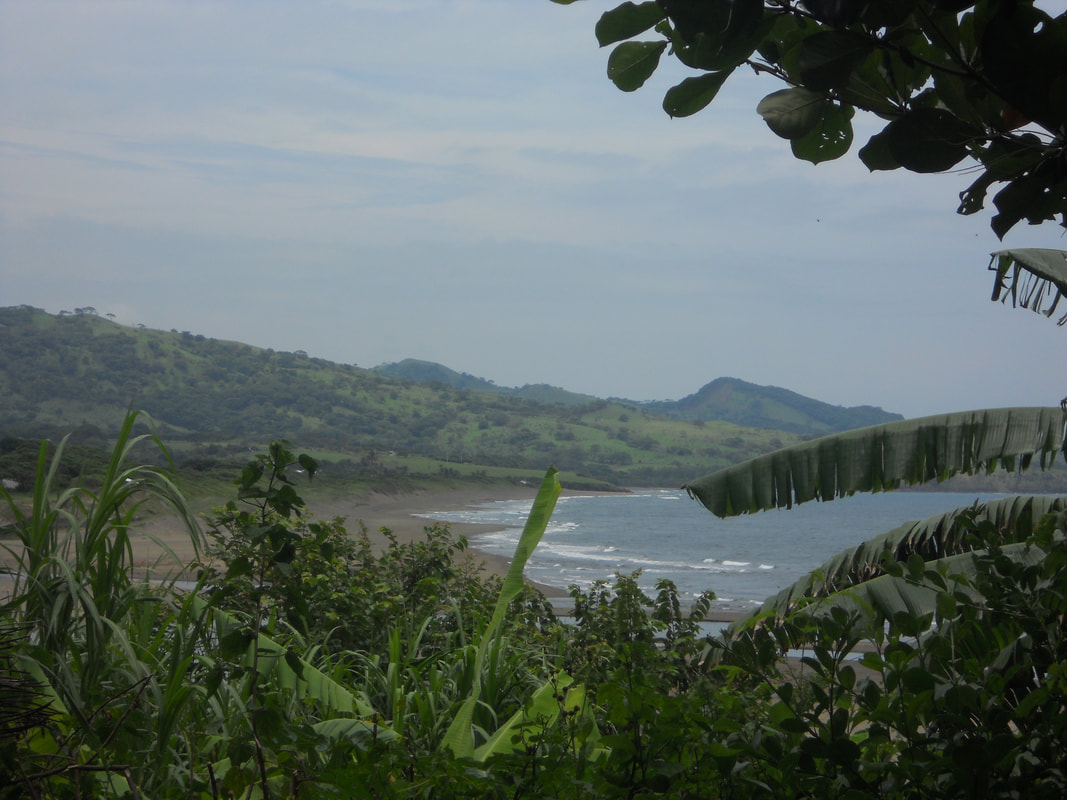|
Yesterday, in anticipation of an upcoming return trip to Los Angeles for my hooding ceremony, I reflected on the nearly 7 years that I lived there while working on my PhD. I remembered my first trip abroad after moving there, to the International Primatological Conference in Cancun, Mexico in 2012. My trip to Mexico came soon after a major change in my life. I moved across the country, from western New York to Los Angeles, in September of 2011 to start a PhD at UCLA. I knew absolutely no one there. I barely knew my advisors who would hold so much influence over my life and career. It is a dangerous thing to jump into such an important relationship with your eyes closed, but that is exactly what I did. Drive and tunnel vision made me do crazy things, and those crazy things would have consequences…but that’s not what this blog is about. Less than a year after moving, I got on a plane to Mexico for the first time. I can recall so vividly my first impression walking out of the airport in Cancun that night. How the heat and humidity hit my skin and made me swoon. How the palm trees waved in the breeze. The smell of the Caribbean sea. It was heavenly and I was instantly enamored.
The natural landscape was beautiful: Isla de los Monos, Salto de Eyipantla, the cloud forests, the wildlife. I got to see the ruins of Tulum, see octopuses while snorkeling. But what struck me most on this trip was the amazing group of people I met from Mexico, Venezuela, Brazil, Puerto Rico and all over Latin America. Everyone was so open, communicative and collaborative. We had dinners together and went out for drinks at the end of the days. Catemaco was a small town, but so beautiful and charming. The food was SO good, fresh from the fishermans' boats docked at the shore. The tequila so smooth, and so cheap. And the people, everywhere, were so warm. From the course organizers, the other students, the hotel staff, the people we met on the street, EVERYONE was so open. The group got on so well that some of us stayed our last night at a local student’s home in the city of Veracruz. He opened his home to us, and his family embraced us, even leaving us with souvenirs for our journeys home. Again, the food was amazing! I still think the best thing I’ve ever eaten is a carne asada taco (or 5) from a street vendor in Veracruz. If I ever get the chance to return, I hope I find that man and his cart - eat 100 tacos, and bless him for his gift to the world.
2 Comments
TeAudrea
6/4/2018 01:40:47 pm
Wow. This was beautiful to read ❤️
Reply
Janet
6/4/2018 01:55:05 pm
Thank you!
Reply
Leave a Reply. |
J.C. BucknerAssistant Professor, University of Texas at Arlington Archives
June 2020
Categories |
Illuminating the Diversification of Evolutionary Radiations
Adventure Log
stories of current and past fieldwork and explorations of nature.
Proudly powered by Weebly
